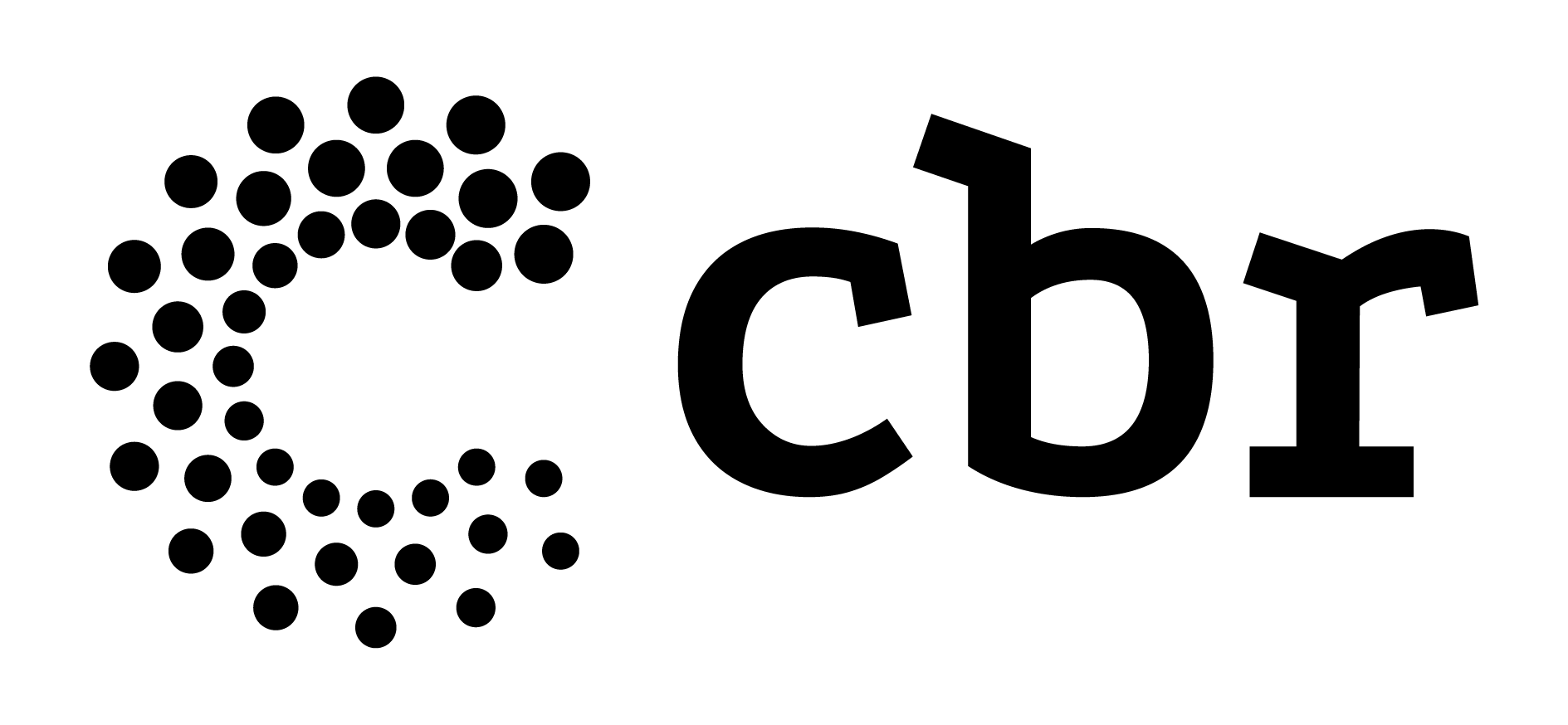In recent years, much has been said about new forms of remuneration to face rising health costs. The system fee for service, which has been established over the years, is being extremely questioned, because, with the aging of the population and new technologies, the cost of health care has shown an increasing curve.
This discussion has been accentuated in recent months in the most diverse forums and some new models are already being adopted at the hospital level, such as the well-known “Package and now”, the DRG System. All these systems are based on improving remuneration for cases with favorable outcomes: less hospitalization time and fewer complications during the period. The criticisms of these new forms of receipt relate to the differences between different patients, such as existing comorbidities, disobedience to medical guidelines and different responses of the body to the stress induced by the disease or surgery.
However, in a recent meeting of the Brazilian Medical Association (AMB) with its various Federated and regional Societies of Specialties, the Director of Professional Defense of the entity, Dr. Emilio Cesar Zilli, in a presentation on the new forms of payment and remuneration of the Brazilian supplementary health system, showed that the elderly population covered by it, considering collective and individual plans, amounts to 20%. Therefore, most coverage is given in collective plans that include a younger population, which uses the system less.
In addition, the population has taken more preventive care, and the fact of aging does not necessarily mean fragility of health and, consequently, a greater number of hospitalizations. Recently, the newspaper Economic value announced profits of the Brazilian supplementary health system in 2016 of the order of 70%. The readjustment of individual/family plans was authorized at 13.55% by the National Supplementary Health Agency (ANS) in May this year, well above inflation and the Extended National Consumer Price Index (IPCA) guaranteed in service provider contracts by Law 13.003/2014. Adding to this, we must remember that the vast majority of plans are collective and, therefore, not regulated by the ANS, which adds even more to the profits of the supplementary health system.
It is important to remember that, so far, the flag for the need to change the form of remuneration for health services lies with the operators.
And the medical class? What about Radiology and Diagnostic Imaging doctors? Do you also have this understanding? Well then, we need to discuss this issue together with our entities and take a position on it, under penalty of submitting ourselves to imposed rules and, once again, having our work degraded by the profits of health plan operators.
Dr. Cibele Carvalho
Director of Professional Defense at CBR



